Welcome to Week 6 of our Outdoor STEAM Storytime series—where each week we pair a beautiful picture book with a simple, nature-inspired STEAM activity perfect for preschoolers.
These storytime invitations are designed to help young children explore the world through curiosity, creativity, and play—all while building foundational STEAM thinking.
This week’s book celebrates the joy of open-ended outdoor play—highlighting everyday objects and the imaginative ways children use them.
📚 A Stick Is an Excellent Thing by Marilyn Singer
Told in joyful, rhyming verse, this book captures the magic of outdoor childhood play. From hopscotch and jump rope to stick-sword adventures, it celebrates how ordinary objects—especially sticks—can spark creativity and connection. It’s a lovely reminder that the best learning often comes from the simplest materials.
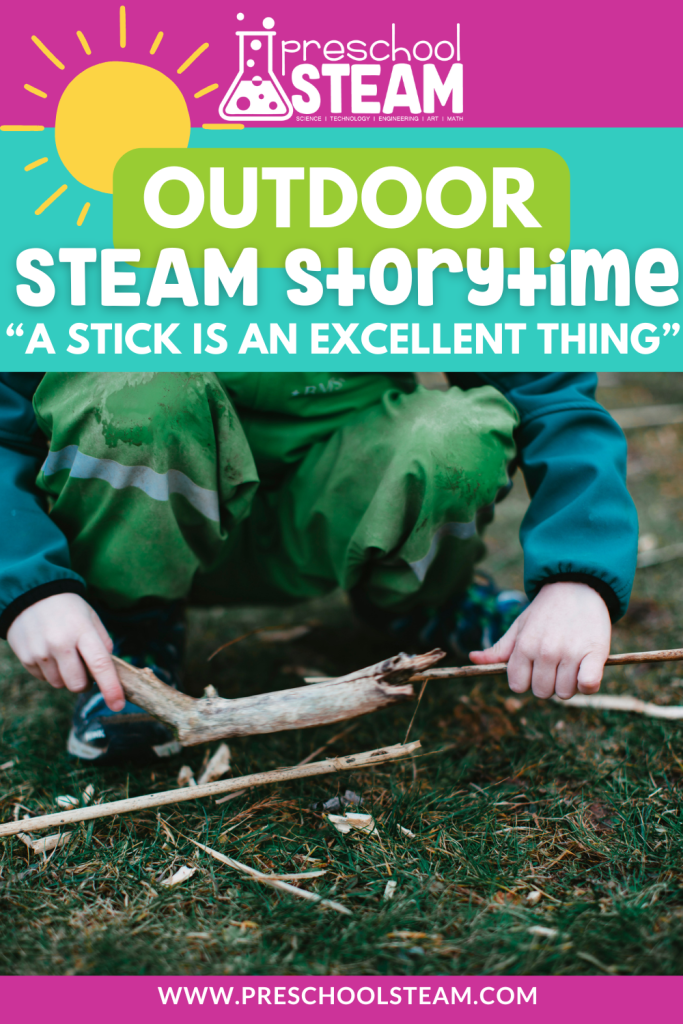
🧠 STEAM Focus: Engineering + Creativity + Loose Parts Play
This book sets the stage for inviting children to explore how natural materials can be used for building, designing, and problem-solving. Sticks become tools, building blocks, or the foundation for imaginative structures.
🔍 Tip for Teachers:
This is a great chance to lean into loose parts play. Collect sticks, rocks, pinecones, and leaves ahead of time—or invite children to help gather materials during your outdoor time.
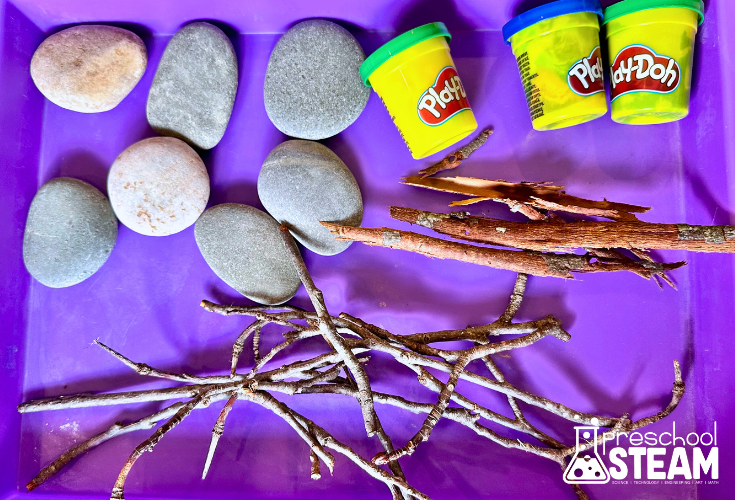
🪵 Outdoor STEAM Invitation: Build with Sticks!
Materials Needed:
- A collection of sticks (various sizes)
- Optional: Rocks, bark, pinecones, or leaves
- Small trays or mats to define space
- Optional: String, yarn, or rubber bands for connecting
Try This:
- Invite children to explore the materials and ask: “What could we build with these?”
- Offer an open-ended challenge: “Can you build a bridge? A nest? A tall tower?”
- Allow time for trial, error, and redesign.
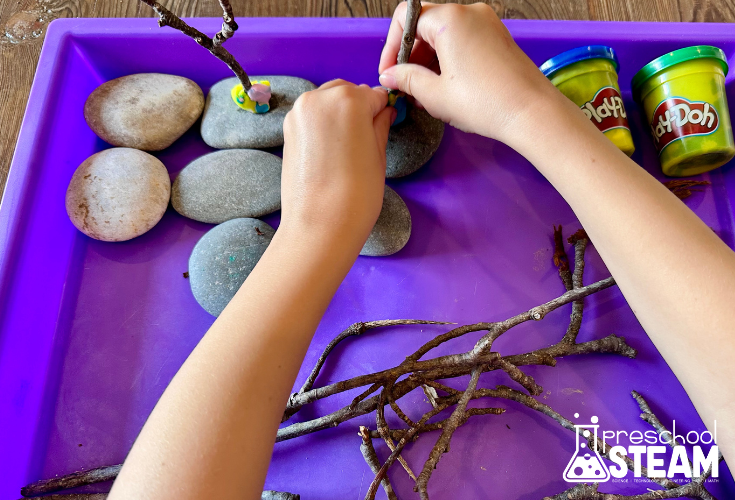
🌸 Extension Idea: Stick Shape Challenge
Ask children to use sticks to make different 2D shapes—squares, triangles, rectangles. For older preschoolers, introduce pattern-making or letter formation using sticks and other loose parts.
💬 Questions to Spark Curiosity:
- What makes one stick better for building than another?
- How can we make our structure stronger?
- What would happen if we added rocks or leaves?
- Can you work with a friend to build something together?
✏️ Reflect & Record:
Invite children to draw what they built, or take photos and help them label their creations. You can even turn the photos into a class book: Look What We Built with Sticks!
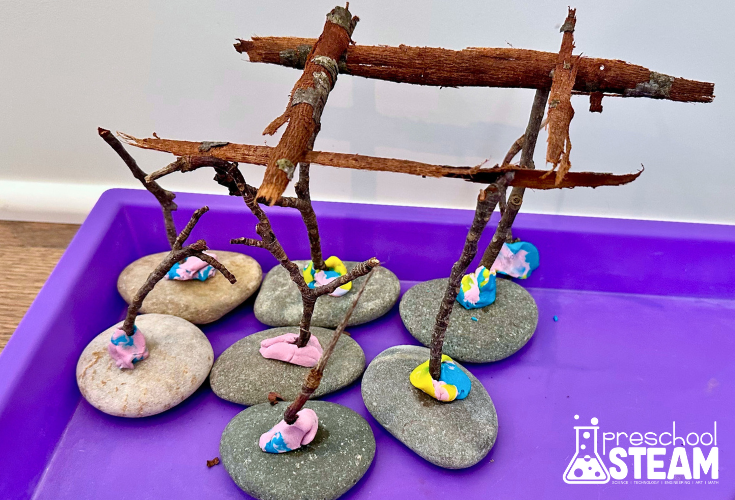
🐣 For Toddlers (Ages 1–2):
Toddlers love the sensory play of carrying, stacking, and exploring sticks. Offer a basket of safe-sized natural items and let them freely explore. Encourage imitation (“You made a pile!”) and safe movement activities like tapping, dragging, or placing sticks in buckets.
🧰 Want More Book-Based STEAM?This wraps up our Outdoor STEAM Storytime series—but it’s just the beginning of what’s possible. Inside the Preschool STEAM Vault, you’ll find more themed lesson sets, 5-Star Play guides, and story-inspired invitations launching August 2025.
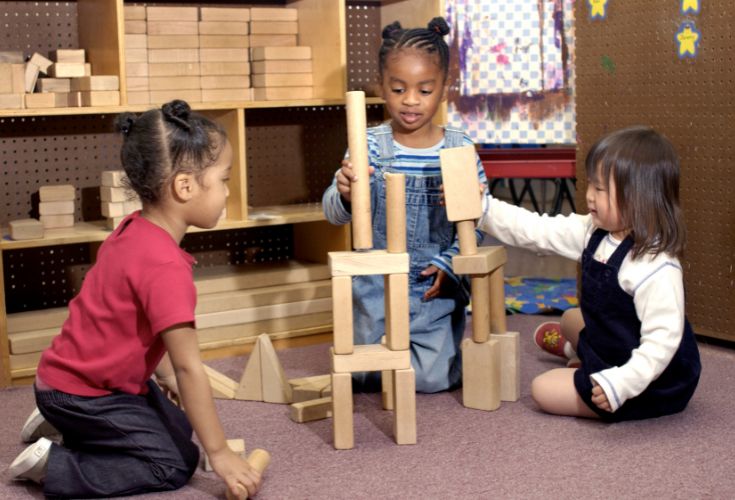
Leave a Reply